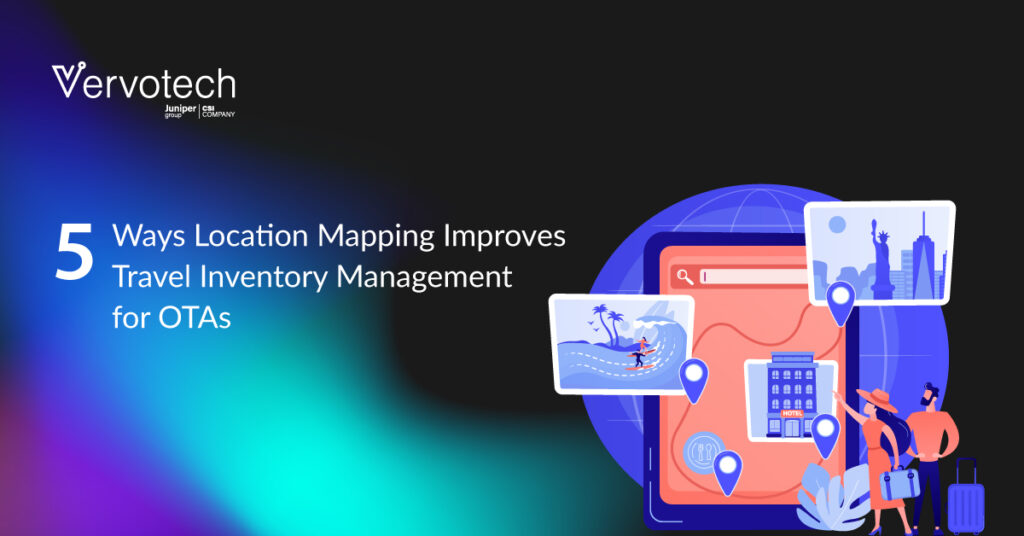As an Online Travel Agency (OTA), when you’re trying to thrive and not survive, you can’t afford to work with inaccurate or scattered hotel data.
With thousands of listings across cities, countries, and continents, even the slightest location mismatch can lead to frustrated customers, lower conversion rates, and lost revenue. Consider a traveler searching for hotels near the “Eiffel Tower” on your hotel booking platform. Your search result shows properties 10–15 km away, mixed with a few correctly placed ones. The traveler clicks out, heads to a competitor, and books in minutes. The problem wasn’t your hotel inventory- it was poor hotel mapping without location mapping.
OTAs spend millions sourcing content and optimizing user journeys, but without accurate geographic tagging and location data, hotel inventory remains underutilized and misrepresented. That’s where location mapping makes a difference.
Also Read: Location Mapping vs. Hotel Mapping- What’s the Difference
Here are five ways in which accurate ‘location mapping’ helps solve this issue:
-
Improves Hotel Listings’ Accuracy
Many hotel listings come with vague, incomplete, or even outdated addresses. A single city can have multiple districts or postal codes, and street names may be duplicated across regions. Relying solely on text-based addresses often causes listings to show up in the wrong place or not show up at all in filtered searches.
Location mapping solves this problem by tagging every property with precise latitude and longitude coordinates. This eliminates ambiguity and allows OTAs to position each listing accurately on a map interface. Whether the listing is near a beach, a convention center, or a tourist hotspot, travelers see results that reflect real-world proximity, not assumptions. This boosts trust and leads to better booking decisions.
-
Enhances Search & Discovery
When travelers use filters like “near the airport” or “close to a metro station,” they expect quick, accurate results. Without accurately mapped data, the platform depends on keywords in the property description, which may be misleading or inconsistent.
Mapped inventory enables OTAs to support advanced search functionalities like radius-based searches or neighborhood-level filters. A traveler searching for hotels within 3 km of Times Square will receive tailored results based on exact distance, not just those that mention “Times Square” in their title. This improves the discovery experience, keeps users engaged longer, and increases the chances of conversion.
-
Prevents Duplicate Listings
It’s common for the same property to appear multiple times on an OTA, either due to feeds from different suppliers or minor variations in name or address. These duplicate listings clutter search results and create confusion for travelers, sometimes leading to booking errors or mistrust.
With location mapping, the OTA system can flag listings with identical or closely matched geo-coordinates. These can then be reviewed, merged, or removed to maintain a clean and consistent inventory. This not only improves the end-user experience but also helps in consolidating reviews, ratings, and content under one true listing, making inventory easier to manage.
Also Read: Building Seamless Hotel Booking Experiences with 6 Advanced APIs
-
Supports Dynamic Pricing Based on Location
A hotel that’s 200 meters from a major stadium or airport typically commands higher rates than one 2 kilometers away. But without precise location data, it’s difficult to factor such details into pricing models.
Mapped inventory enables OTAs to create pricing rules that factor in exact location advantages. Properties located in high-demand zones can be tagged as premium listings, and pricing engines can adjust nightly rates accordingly, especially during events or peak seasons. It also helps OTAs surface “best value” deals by comparing prices of closely located properties. As a result, the pricing becomes more competitive, contextual, and revenue optimized.
-
Optimizes Partner Onboarding & Integration
OTAs often work with hundreds of supply partners, including global wholesalers, local aggregators, and direct property owners. These partners use different formats and standards when sending hotel data, making inventory integration a manual and error-prone task.
Location mapping provides a consistent structure to unify this fragmented data. Once listings are geocoded, the platform can automatically detect overlaps, align content, and place properties on the map correctly. This reduces the workload for operations teams, speeds up partner onboarding, and ensures that new listings go live faster without compromising accuracy.
Ready to improve your hotel inventory’s location accuracy?
Location mapping isn’t just about pins on a map, it’s about control. It brings structure to chaotic hotel inventory, improves customer experience, and boosts conversion rates. OTAs looking to scale must invest in location mapping to stay competitive.
Audit your current listings. Identify gaps in address precision. Start working with mapping tools or partners that offer geocoding, deduplication, and location-based filters. Clean data is good data, and in the travel industry, it starts with the right location.
Try Vervotech’s Hotel Mapping technology with accurate location mapping at no cost.







